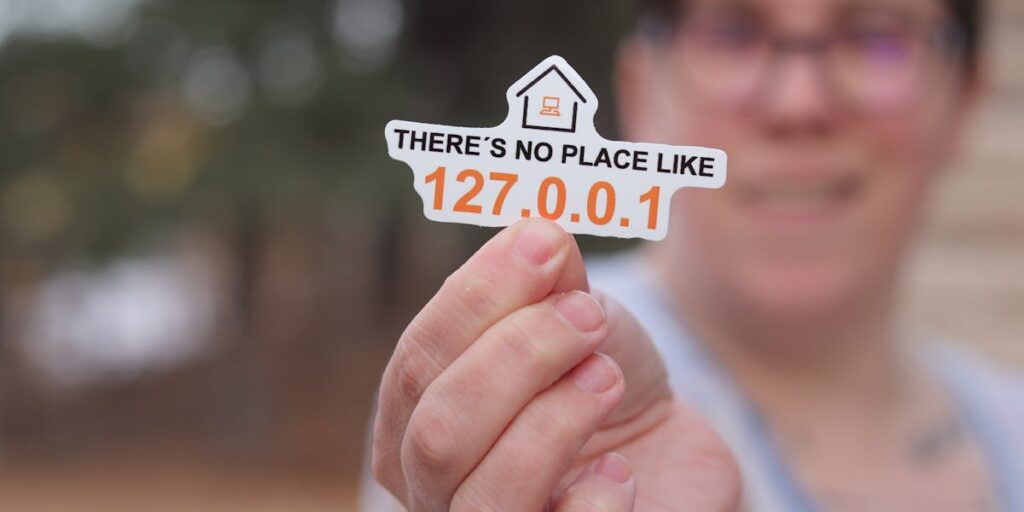Comparison and Contrast
(i) DRAM vs SRAM
| Feature | DRAM (Dynamic RAM) | SRAM (Static RAM) |
|---|---|---|
| Storage Mechanism | Stores data as charges in capacitors. | Stores data using flip-flop circuits. |
| Speed | Slower due to the need for periodic refreshing. | Faster as no refreshing is required. |
| Power Consumption | Consumes less power per cell. | Consumes more power due to complex circuitry. |
| Cost | Cheaper and more compact. | More expensive due to complex design. |
| Volatility | Volatile (data is lost when power is off). | Volatile (data is lost when power is off). |
| Usage | Used as main memory in computers. | Used in cache memory for processors. |
(ii) Access Time on Magnetic Disks vs Access Time on Magnetic Tapes
| Feature | Magnetic Disks | Magnetic Tapes |
|---|---|---|
| Access Type | Random access: Any part of the disk can be accessed directly. | Sequential access: Data is accessed in a linear manner. |
| Access Speed | Faster due to random access capability. | Slower as the tape needs to be rewound or forwarded to the desired location. |
| Cost | More expensive per unit of storage. | Cheaper per unit of storage. |
| Usage | Suitable for real-time applications requiring quick access. | Ideal for backups and archival storage. |
| Reliability | Moderate reliability; disks are more prone to physical damage. | Highly reliable for long-term data storage. |
(iii) Pen Drive vs CD-RW
| Feature | Pen Drive | CD-RW (Rewritable CD) |
|---|---|---|
| Storage Capacity | Higher (typically ranges from 4 GB to 1 TB). | Lower (typically up to 700 MB). |
| Durability | More durable as it has no moving parts. | Less durable; prone to scratches and wear. |
| Reusability | Can be reused thousands of times. | Limited rewrites (about 1,000 cycles). |
| Portability | Extremely portable and compact. | Less portable due to its larger physical size. |
| Speed | Faster read/write speeds (USB 3.0 or higher). | Slower read/write speeds. |
| Cost | Higher cost per GB. | Lower cost per GB. |
| Usage | Common for personal storage, data transfer, and backups. | Suitable for low-cost, small-scale data storage. |
—
(iv) ROM vs PROM
| Feature | ROM (Read-Only Memory) | PROM (Programmable Read-Only Memory) |
|---|---|---|
| Programmability | Pre-programmed at the manufacturing stage. | Programmable once by the user after manufacturing. |
| Reusability | Cannot be modified or rewritten. | Can be written only once; not erasable. |
| Cost | Cheaper as it is mass-produced. | More expensive due to customization options. |
| Usage | Used for permanent storage of firmware. | Used for applications requiring custom firmware. |
| Flexibility | Fixed; not user-configurable. | Offers some flexibility for one-time programming. |
| Examples | BIOS, embedded systems. | Device configuration or custom firmware chips. |
—
Summary
Each of these comparisons highlights the strengths and weaknesses of different storage technologies or memory types, reflecting their suitability for various applications. Whether it’s the speed of SRAM versus DRAM or the portability of pen drives compared to CD-RWs, the choice depends on specific use cases and requirements.





